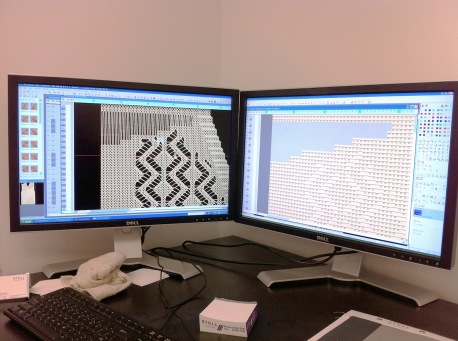During this semester, I had two classes that taught me new things. I don’t mean about theoric things, supposely I learn this every day. But I mean more about experience. Those classes were TC1018 (data structures) and TC1019 (intro to software engineering). In the first one, I had my first real challenge. To be honest, I’ve never had such a hard time with a course, not even OOP or literature (believe me, in my school was really hard). But this post is not about TC1018 and my crazy teacher. This post is about TC1019, a really different experience.
Since I remember, school has been about teachers speaking in the classroom (sometimes passing slides and spitting random words), leaving homework and handling a test which was about what they said. The same loop over 13 years (preschool doesn’t count). This semester was different. First: a class where your attendance is not important, where the teacher does not spits words, but rather makes you investigate and learn by your own (boosting your self-learning skills), where you grade yourself. One can think in two ways: a) this is the best teacher, since he achieved Teachvana, and he is not establishing any knowledge frontiers or b) this is the easiest course, I’ll probably not do anything and still achieve the perfect score. When I started this course, I was thinking like option B (I still do, a little). But as I learned new things, I started knowing what life is about. You don’t stop learning in school. If you do, you become obsolet in a short time. Returning to the non obligatory assistance and pseudo no-date assignments, I believe this teaches you to be responsible. I won’t deny it: I left most of the posts for the end of the month. But still, I










